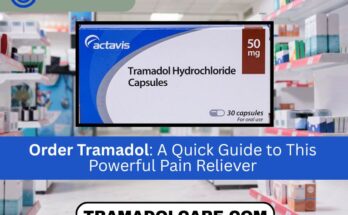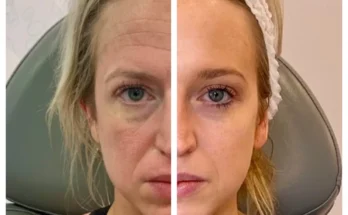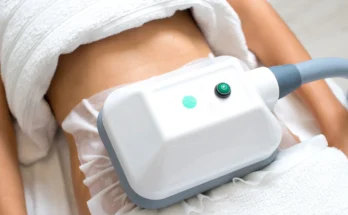Prescription safety concerns arise when patients consider virtual dermatology consultations for potent topical medications that require careful medical supervision and personalised dosing protocols. Licensed medical professionals conducting remote consultations must follow strict verification procedures to ensure that appropriate candidates receive proper prescriptions while maintaining safety standards. NextClinic implements comprehensive screening processes that protect patients from potential adverse reactions and contraindications.
Prescription verification
Licensed dermatologists conducting virtual consultations must verify patient identities through multiple authentication methods before prescribing topical retinoids. The tretinoin script authorisation process involves comprehensive medical questionnaires, photo documentation of skin conditions, and review of current medications to identify potential drug interactions or contraindications. Virtual practitioners cannot prescribe these medications without thorough patient evaluation and verification of medical necessity. Medical licensing requirements mandate that prescribing physicians maintain active credentials in the patient’s residence, ensuring that virtual consultations meet the same standards as traditional office visits. These licensing verification systems prevent unauthorised practitioners from issuing prescriptions and protect patients from receiving medications from unqualified individuals. The prescription verification process also includes pharmacy validation steps that confirm the authenticity of the prescriber and the prescription before dispensing medicines.
Regulatory compliance standards
Telemedicine prescribing operates under strict regulatory frameworks that govern virtual consultations, prescription authorisation, and patient safety monitoring. The Drug Enforcement Administration and state medical boards establish specific guidelines for prescribing controlled and prescription-only medications through virtual consultations. These regulations ensure that online prescribing maintains the same safety standards as traditional healthcare delivery while providing accessible care options. State-specific telemedicine laws dictate the requirements for establishing doctor-patient relationships through virtual consultations before prescription authorisation can occur. Many jurisdictions require initial consultations to include real-time video interactions rather than simple questionnaire-based assessments. Compliance with these regulations protects patients and practitioners while ensuring that tretinoin prescriptions meet all legal requirements for safe dispensing.
Patient safety protocols
- Gradual dosage introduction starting with lower concentrations to assess individual tolerance and minimise adverse reactions
- Detailed usage instructions including application frequency, timing, and proper skin preparation techniques
- Side effect monitoring through follow-up consultations and patient-reported outcome tracking systems
- Sun protection education emphasising increased photosensitivity risks associated with tretinoin usage
- Emergency contact procedures for patients experiencing severe reactions or unexpected adverse effects
Safety protocols for tretinoin prescribing include comprehensive patient education about proper usage techniques, expected side effects, and warning signs that require immediate medical attention. Virtual practitioners must provide detailed instructions about gradual introduction protocols that minimise irritation while achieving therapeutic benefits. These safety measures help prevent common complications associated with inappropriate tretinoin usage.
Follow-up care considerations
Virtual tretinoin prescribing requires structured follow-up schedules that monitor treatment progress and identify any adverse reactions that develop during initial treatment phases. Regular check-ins through video consultations or photo submissions allow practitioners to assess skin tolerance and adjust prescriptions as needed. These follow-up protocols ensure patients receive ongoing medical supervision throughout their treatment courses. Treatment modification procedures enable virtual practitioners to adjust tretinoin concentrations, formulations, or usage frequencies based on patient responses and tolerance levels. The ability to make prescription adjustments through virtual consultations provides responsive care that addresses changing patient needs without requiring office visits. This ongoing monitoring approach maintains treatment safety while optimising therapeutic outcomes for individual patients.




